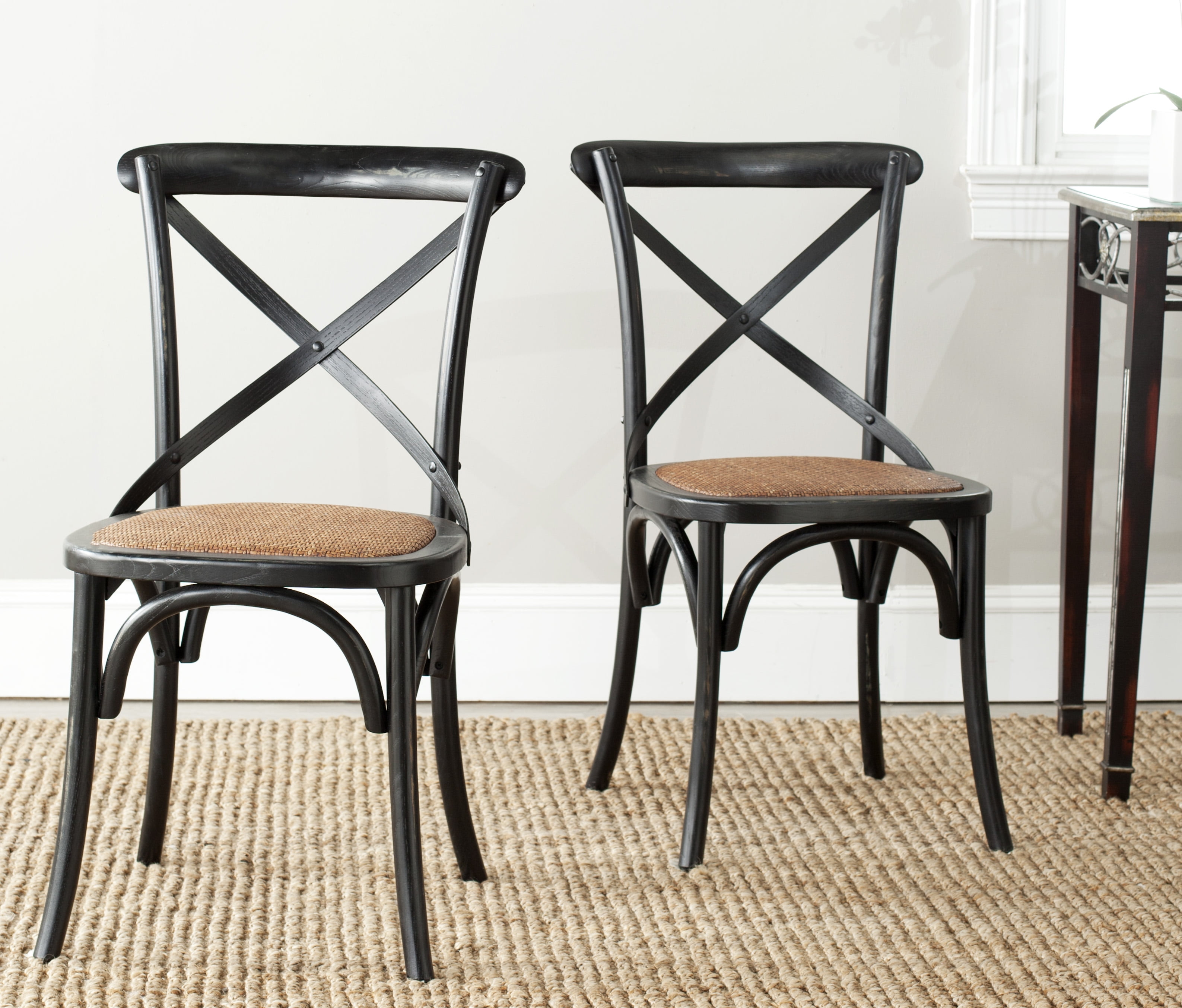CLine Bistro Dining Chair

The CLine Bistro Dining Chair, a testament to elegant simplicity and enduring design, represents more than just comfortable seating. Its creation is a journey, from the careful selection of raw materials to the final polish, reflecting a commitment to both craftsmanship and sustainability. Understanding this process unveils the chair’s true essence – a blend of artistry and responsible manufacturing.
CLine Bistro Dining Chair Manufacturing Process
The CLine Bistro Dining Chair’s journey begins in the heart of sustainably managed forests, where responsibly harvested wood, predominantly beech or sustainably sourced rubberwood, forms the foundation. This wood is then transported to our state-of-the-art facility, where it undergoes a meticulous process. First, the wood is carefully milled and cut to precise dimensions, guided by computer-aided design (CAD) to minimize waste. Next, skilled artisans shape and assemble the chair’s components, employing traditional joinery techniques combined with modern machinery for accuracy and efficiency. The chair’s frame is then sanded smooth, ready for finishing. A durable, eco-friendly stain or paint, chosen for its low VOC content and long-lasting quality, is applied, followed by a protective sealant. Finally, quality control checks ensure each chair meets our exacting standards before packaging and distribution. The entire process is designed to minimize environmental impact and maximize the chair’s longevity.
CLine Bistro Dining Chair Sustainability Aspects
The sustainability of the CLine Bistro Dining Chair is a core principle throughout its lifecycle. We strive to minimize our environmental footprint at every stage.
Cline bistro dining chair – The following points highlight the pros and cons of our current sustainability efforts:
- Pros:
- Use of sustainably sourced wood certified by the Forest Stewardship Council (FSC).
- Low-VOC finishes minimize harmful emissions during manufacturing and use.
- Efficient manufacturing processes designed to minimize waste and energy consumption.
- Durable construction leading to a longer product lifespan, reducing the need for frequent replacements.
- Potential for recycling or repurposing of wood components at end-of-life.
- Cons:
- Transportation of materials contributes to carbon emissions.
- Energy consumption during manufacturing, though minimized, still has an environmental impact.
- Limited recycling infrastructure for composite materials in some regions.
- Potential for deforestation if sourcing practices are not rigorously monitored.
Areas for Improvement in Manufacturing Process, Cline bistro dining chair
Continuous improvement is key. We are actively exploring several avenues to further enhance the chair’s environmental profile. This includes investigating the use of recycled materials in chair components, optimizing energy efficiency in the manufacturing process through renewable energy sources, and collaborating with local recycling facilities to improve end-of-life management. Furthermore, we are committed to expanding our use of FSC-certified wood and exploring alternative, rapidly renewable materials.
CLine Bistro Dining Chair Carbon Footprint Breakdown
The following table provides a breakdown of the CLine Bistro Dining Chair’s carbon footprint across its lifecycle, expressed in kilograms of CO2e (carbon dioxide equivalent). These figures are estimates based on current data and are subject to change based on ongoing improvements and variations in sourcing and manufacturing.
| Lifecycle Stage | Material Sourcing | Manufacturing | Transportation & Distribution |
|---|---|---|---|
| CO2e (kg) | 2.5 | 3.0 | 1.0 |
